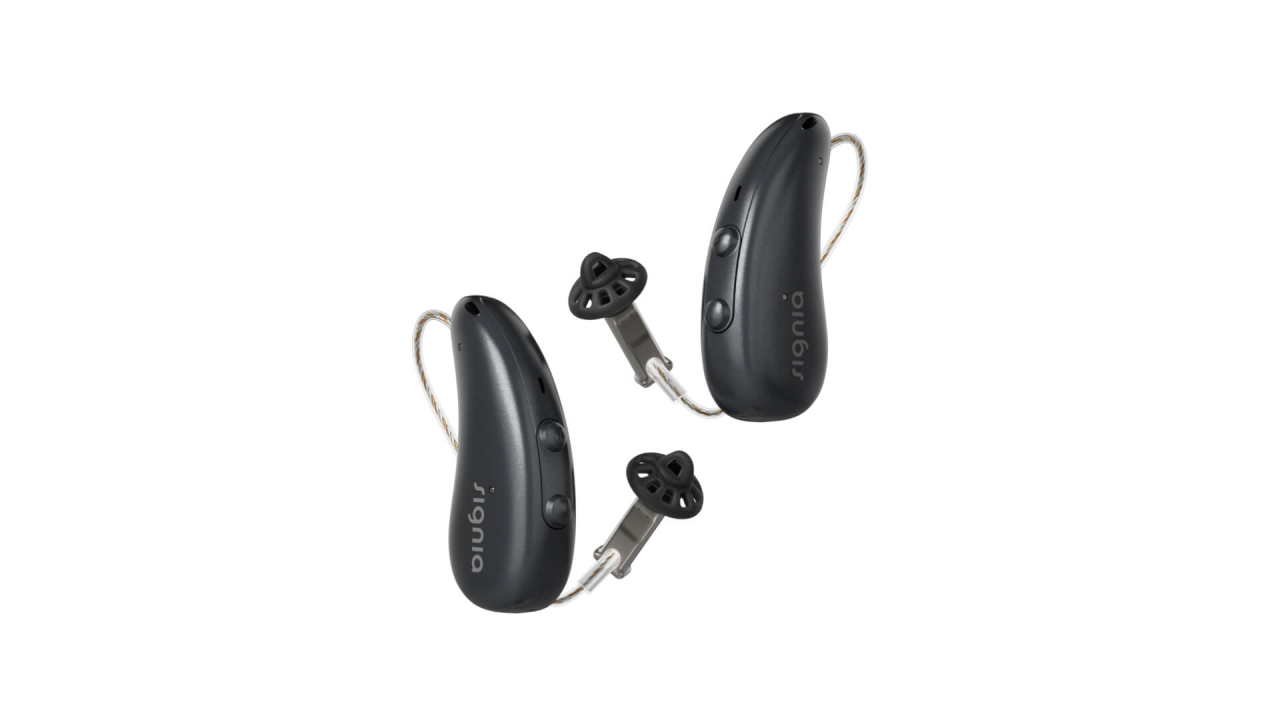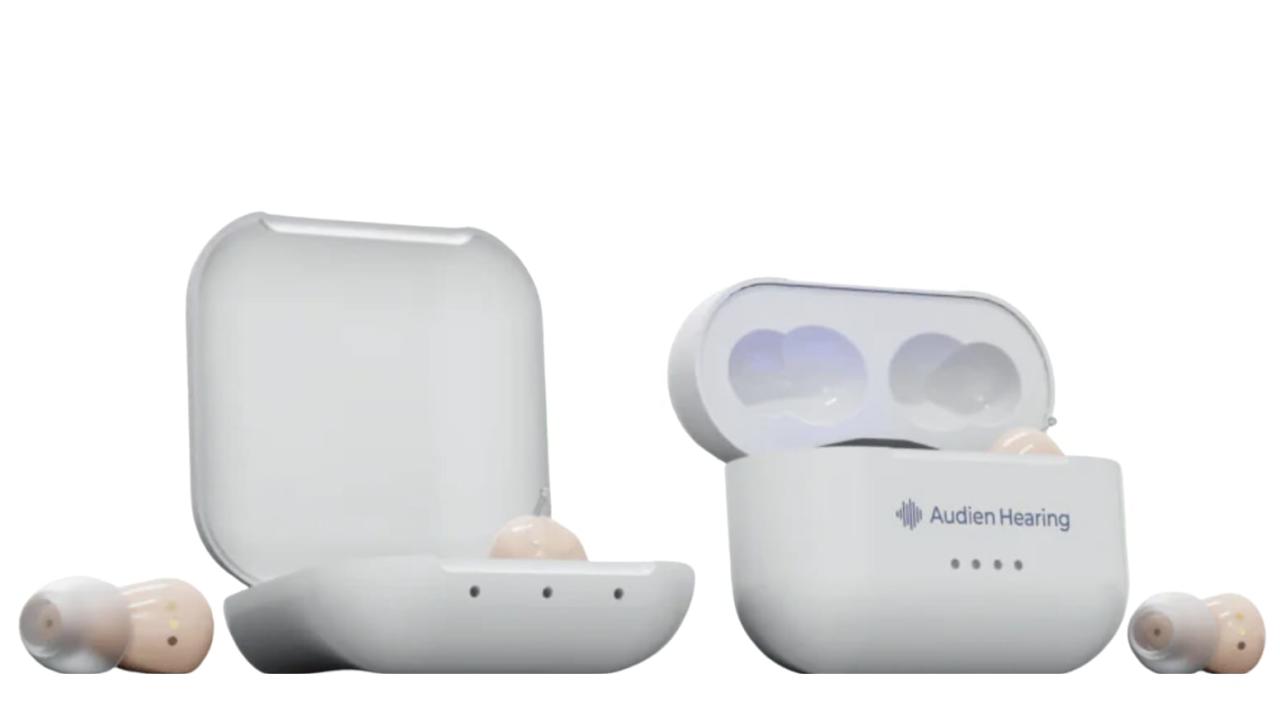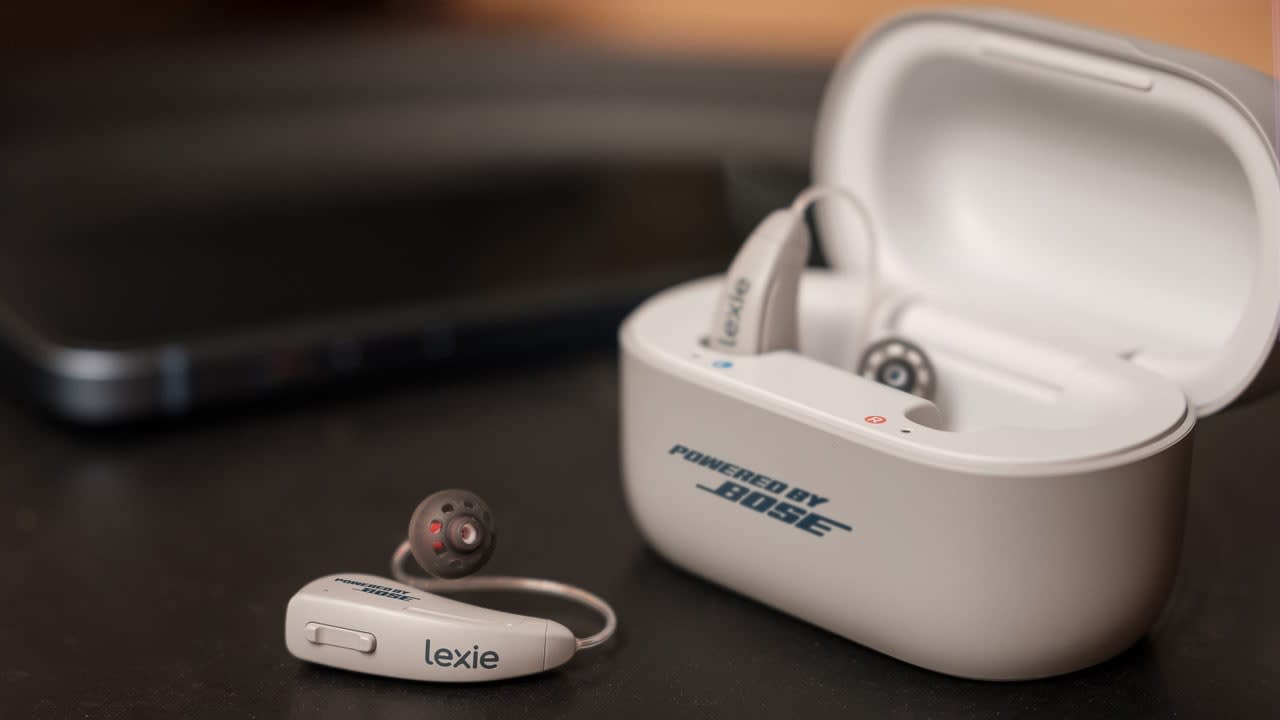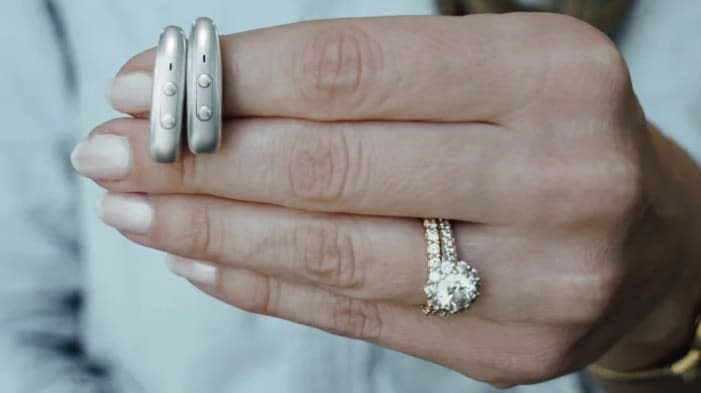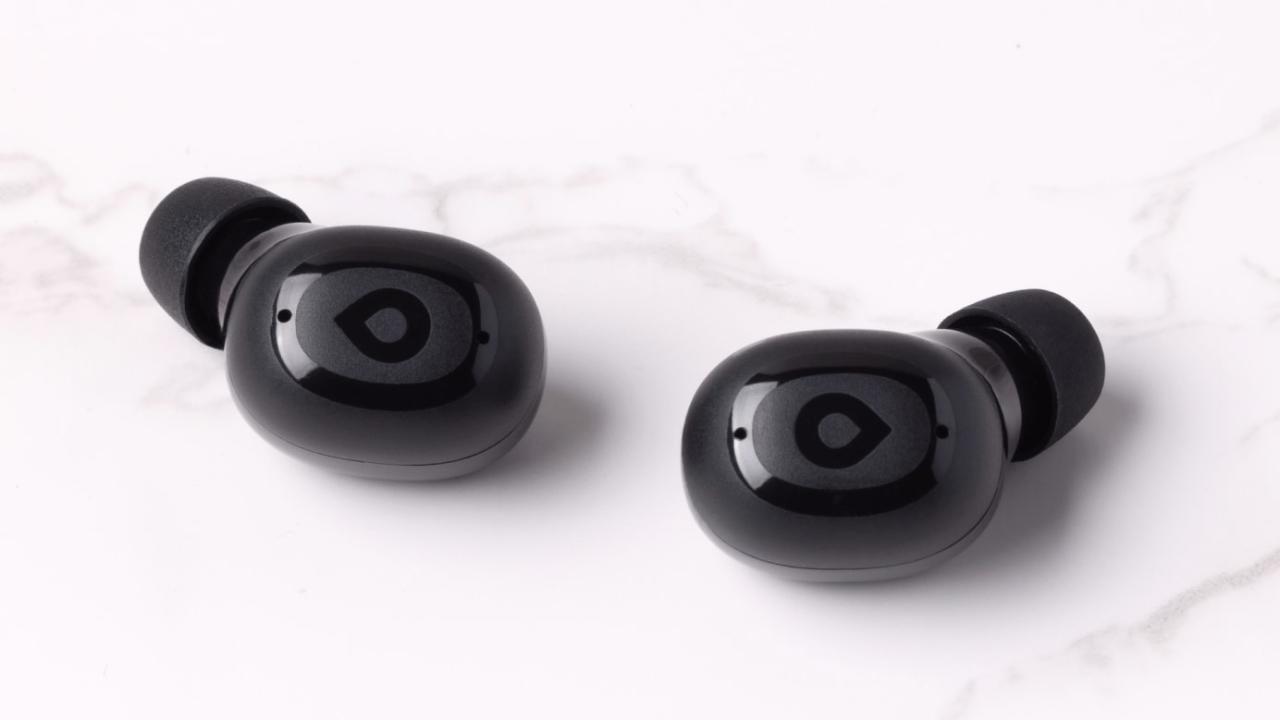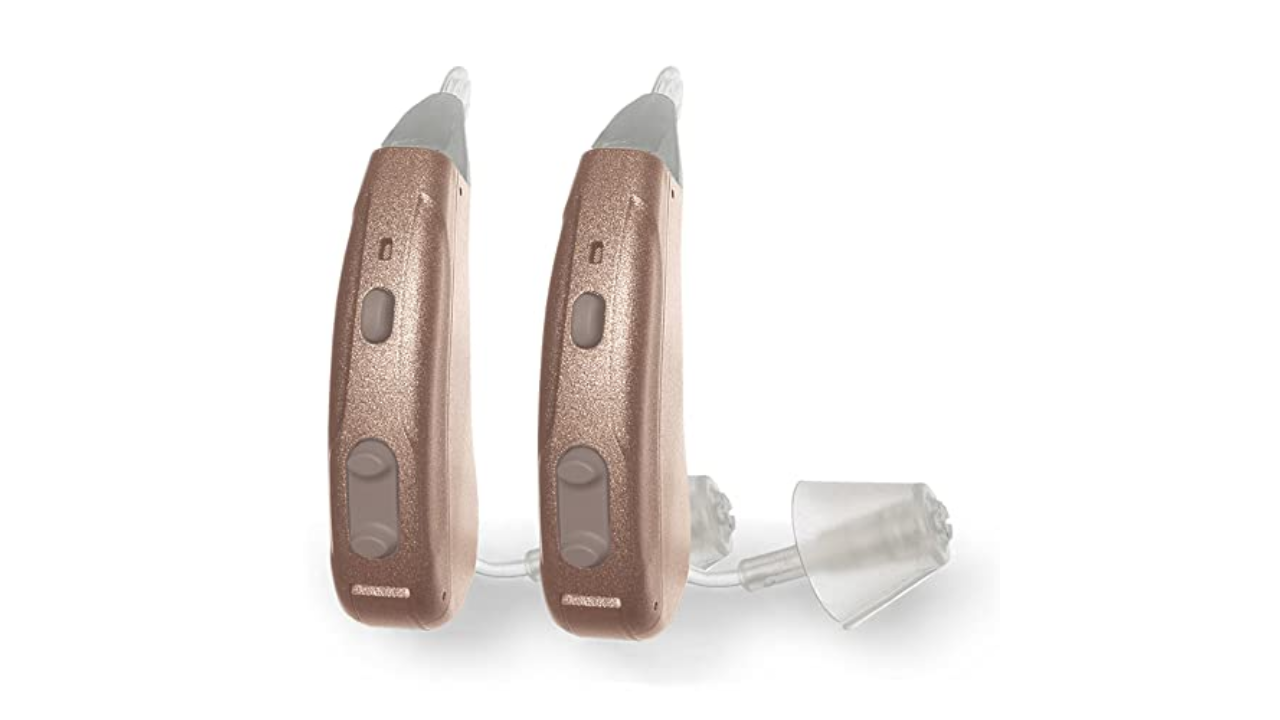8 most affordable hearing aids of 2024, according to experts
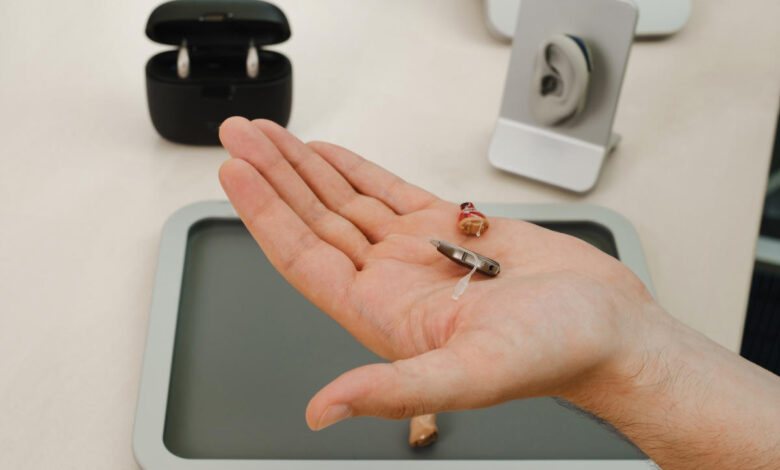
If you’ve put off buying hearing aids because your insurance doesn’t cover the expense and the last time you checked prices you were hit with sticker shock, here’s some good news: The market has changed. With industry advancements and increased competition, finding affordable hearing aids is easier than ever before. What used to be available as a prescription-only medical device with a hefty price tag has become more accessible and affordable, thanks to a 2022 FDA ruling to make hearing aids available over the counter (without a prescription).
According to the FDA, this ruling could save you up to $3,000 per pair. And the benefits of affordability go beyond just saving money. Increased accessibility means you can get treatment sooner, preventing further hearing loss. While a comprehensive hearing assessment by an audiologist is always the first step, these affordable OTC and prescription hearing aids are worth considering.
To understand what to look for in the most affordable hearing aids, we spoke with a panel of experts, including audiologists, to learn more about the features and technology that take priority when searching for a budget-friendly option. We also researched the best OTC hearing aids and prescription hearing aids, taking into account factors like ease of use, comfort and sound quality. These are our top choices for the most affordable hearing aids of 2024.
Cost: $1,495-$1,695 | Covered by insurance: Depends on provider | FSA/HSA eligible: Yes | Visible/invisible/over the ear: Receiver-in-canal (RIC) | Remote/app customization: Yes
Jabra’s Enhance Select 300 is a receiver-in-canal (RIC) device that combines discretion with powerful performance. It caters to a range of hearing loss levels and has an impressive battery life of up to 24 hours on a single charge. Not only is it an excellent option for those looking to save on costs by choosing an OTC device, but it’s durable, water- and dust-resistant, and customizable through a smartphone or tablet.
The device is very small and sits comfortably behind the ear. A thin wire connects to a small receiver in the ear canal, making it almost invisible during wear. It offers excellent sound quality and noise reduction, so you can hear conversations without straining. The device’s technology eliminates background noise to help you better focus on the sounds you want to hear instead of the distractions around you.
This tech-advanced hearing aid has Bluetooth for pairing to your iOS or Android smartphone or other Bluetooth-enabled devices, which allows you to take hands-free calls, stream music and listen to your favorite TV shows. The companion app offers personalized sound adjustments and the ability to save your favorite settings for specific environments.
Jabra has top-notch customer service, a 100-day trial period, and the option to upgrade to a premium package ($1,795) for access to a team of expert audiologists for remote adjustments and support.
- App-based customizations
- IP67 rating for water and dust resistance
- Available over the counter
- Smartphone or tablet required
- Hands-free calling only with iPhone 11 or newer models
Cost: $950-$1,600 each | Covered by insurance: Depends on provider | FSA/HSA eligible: Yes | Visible/invisible/over the ear: Receiver-in-canal (RIC) | Remote/app customization: Yes
Signia’s Pure Charge&Go 3AX offers some standout features at a fraction of the cost of traditional prescription hearing aids. It’s Signia’s smallest RIC model but boasts the same background-noise-reducing technology that its other models have for crisp, distraction-free conversations.
As the name suggests, the Pure Charge&Go 3AX is rechargeable and takes just four hours to reach a full charge. It also has Bluetooth connectivity for hands-free calling (available only with iPhones) and streaming (available with iPhone and Android). However, you need to purchase Signia’s StreamLine TV accessory to do so.
Through the companion app, you can make adjustments or access remote support and troubleshooting 24/7. If tech features aren’t your thing, the device has a push button for manual adjustments. This sleek and modern option is available in 10 skin and hair-neutral colors, including black, graphite, beige, pearl white and rose gold.
- Adjustments made via app
- Eliminates background noise
- 24/7 customer support
- Shorter battery life than some
- Hands-free calling only with iPhone
Cost: $289 | Covered by insurance: No | FSA/HSA eligible: Yes | Visible/invisible/over the ear: In-the-canal (ITC) | Remote/app customization: No
At first glance, the Audien Hearing Atom Pro 2 may seem too good to be true. At less than $300 per pair, it’s one of the most affordable over-the-counter hearing aids we recommend for people with mild to moderate hearing loss.
While it’s a simple option with more limited features, it caters to those who prefer not to rely on a smartphone or app for adjustments. Its small body is barely noticeable when sitting in the ear canal. There are four hearing modes, including settings for conversation and watching your favorite shows.
The battery lasts up to 24 hours, and you can quickly charge it by inserting it into the included charging case. The case has UV light technology to keep the device clean and free from bacteria. Unfortunately, there’s only one color option available.
- Inexpensive
- Discreet
- 24-hour battery life
- No app customization
- Needs to be adjusted manually
Cost: $719 on sale | Covered by insurance: No | FSA/HSA eligible: Yes | Visible/invisible/over the ear: Behind-the-ear (BTE)| Remote/app customization: Yes
This behind-the-ear option from Zepp Clarity offers versatility at an affordable price. With six programmable sound settings, you can easily adjust the device to different environments and preferences using the companion app. The aids are also Bluetooth-enabled for streaming music on up to two devices at a time.
This hearing aid rests comfortably behind the ear and is connected to a small receiver in the ear canal via a thin tube and tulip ear tip. While it’s slightly more visible than other options on this list, it’s still relatively discreet. It also has an impressive battery life of up to 18 hours, with an additional 65 hours of portable charging through the included case.
The Omni isn’t waterproof and should be removed before bathing and swimming. It currently comes in one color option (gray/silver), which may be a downside for some as it won’t blend in as well with different hair colors. However, the hearing aid’s multiple programmable settings and ability to connect to multiple devices make it a versatile and reliable choice for less than $1,000.
- App-based customizations
- Multiple programmable sound settings
- 18 hours of battery life
- Not waterproof
- Larger design
Cost: $999 | Covered by insurance: No | FSA/HSA eligible: Yes | Visible/invisible/over the ear: Receiver-in-canal (RIC) | Remote/app customization: Yes
The Lexie B2 Plus offers impressive sound quality thanks to its partnership with Bose, a well-known and respected audio brand. Via the app, you can take a hearing test to determine the ideal settings for your hearing aids based on your hearing profile. You can also adjust the volume, sound frequencies and environmental settings.
The largest part of the device sits behind your ear, with a thin tube connecting to the receiver in your ear canal. After setting up your hearing aids, you can stream phone calls (with iPhones only). Unfortunately, hands-free calling is not available for Android users.
The B2 Plus comes with a portable, rechargeable charging case that provides an extra 18 hours of power. The company offers a 45-day risk-free trial and a one-year warranty. Customer service and tech support are available seven days a week if you need help setting up or troubleshooting your device.
- Robust customization features
- Customer service available 7 days a week
- Lifetime support
- Streaming not compatible with Android
- Available only in gray
Cost: $499 and up | Covered by insurance: Depends on provider | FSA/HSA eligible: Yes | Visible/invisible/over the ear: Receiver-in-canal (RIC) | Remote/app customization: Yes
The almost invisible Horizon Go IX hearing aid caters to active individuals who prioritize sound quality, aesthetics and connectivity. This receiver-in-canal option rests behind the ears, where most people won’t notice them. Unlike a few Bluetooth-enabled devices on our list, the Go IX connects to both iPhone and Android devices for streaming music, hands-free calling and app-based adjustments.
With the Horizon Go app, you can easily adjust the volume and noise reduction levels in different environments. A panorama mode pulls sound from all directions, ideal for social events or outdoor activities. The app also offers a speech focus mode for added conversation clarity and a relax mode that plays soothing sounds through your hearing aids to help with relaxation and focus. The device is rechargeable and offers a trial period to qualifying individuals.
There’s a lot to love about this cost-effective hearing aid, but it may not be the best option if you aren’t tech savvy. There are no manual controls, so you must be comfortable with app-based adjustments. While it’s designed to be as invisible as possible, the thin tube connecting to the receiver in the ear canal may be slightly visible.
- Petite size
- Adjustments made via app
- Bluetooth connectivity
- Users need to be tech savvy
- May still be slightly visible
Cost: $799 | Covered by insurance: Reimbursement available | FSA/HSA eligible: Yes | Visible/invisible/over the ear: In-the-canal (ITC) | Remote/app customization: Yes
The Eargo Link’s earbud-like design mimics the look and feel of wireless earbuds. The hearing aids sit inside the ears just as earbuds do and can connect to your phone to stream calls and music. You can answer and end calls by tapping your ear, so you don’t have to use your phone or the app when someone is calling you.
For hearing enhancement, the Eargo Link amplifies high-frequency sounds to improve speech understanding. It has four preset environmental programs, and you can adjust the volume from within the app. There are also noise-cancelling and background noise reduction features.
The downsides of this device include a relatively short battery life of just nine hours and that it comes in only one color (black). However, the rechargeable case holds four charges’ worth of power. The company offers a 45-day return window, a one-year warranty and lifetime support.
- Simple to use
- Look like earbuds
- Take and end calls by tapping your ear
- Short battery life
- Available only in black
Cost: $799 | Covered by insurance: No | FSA/HSA eligible: Yes | Visible/invisible/over the ear: Behind-the-ear (BTE) | Remote/app customization: Yes
Like the Lexie B2 Plus, the Lumen hearing aid offers impressive customization features via an app. After taking the in-app hearing test, you can fine-tune your hearing aids based on your hearing profile. You can also adjust the volume and reduce background noise.
There are six listening profiles: everyday, noisy indoor, outdoor, music, telecoil and companion mic. You don’t have to be technically inclined to use them. While you do have to access the app to make adjustments, it doesn’t require as much tinkering and trial and error as other devices. The hearing test takes some of the guesswork out of the process, and there isn’t any phone call streaming option to worry about.
If you do have issues, a team is available seven days a week for support via phone, video or chat messaging. There’s also a 45-day trial period if you decide the device isn’t right for you. Color options include beige, gray, bronze, silver and metallic black. The main drawback of the device is that it isn’t rechargeable and batteries need replacing every four to seven days.
- In-app hearing test for personalizing your settings
- 45-day trial period
- Customer service available 7 days a week
- No streaming or hands-free phone calls
- Batteries need replacing every 4 to 7 days
What to consider when choosing an affordable hearing aid
According to the hearing experts we spoke with, you should consider the following factors when choosing an affordable hearing aid:
-
Your level of hearing loss: Your level of hearing loss will determine what type and level of amplification you need from your hearing aids. Some hearing aid models cater to those with mild hearing loss, while others are better for moderate to severe hearing loss. Before purchasing a hearing aid, an in-person hearing evaluation and a hearing test are always recommended. Your provider can assess the ear for damage and determine what type of hearing aids will work best for you.
-
Style preferences: You may prefer a more discreet option, such as an in-the-canal or receiver-in-canal style, while others may prioritize ease of use and prefer behind-the-ear options.
-
Connectivity features: Consider whether you want to stream phone calls, music or other audio directly to your hearing aids, as this may require a more advanced model.
-
Cost: Over-the-counter hearing aids can range from $100 to $5,000 per set, while prescription hearing aids typically cost between $1,000 and $3,000 per ear. Consider your budget and any insurance or reimbursement options available.
-
Setup: Many prescription hearing aid models require setup and programming by an audiologist or hearing aid specialist, which may incur additional costs. Most over-the-counter options are typically self-fitting, which means you can adjust the settings and volume manually or through a companion app.
-
App pairing: Companion apps are great for customizing settings and making adjustments, which may be important to you. Without an app, all adjustments are made manually on the device or by a provider (depending on the device).
-
Extra features: Other popular features available on some hearing aids include rechargeable batteries, background noise reduction, sound therapy, noise cancellation and feedback cancellation.
Amy Bishop, a corporate audiologist at Lucid Hearing, firmly believes that the best hearing aid is one you’ll actually wear. She suggests finding a quality provider, choosing a device that meets your lifestyle and functional needs and considering ease of use and comfort as crucial factors while shopping.
How we tested and chose our top hearing aids
We spoke with hearing experts to learn more about the features and technologies that are most important when selecting a hearing aid. These factors include price, coverage by insurance or health savings or flexible spending accounts (HSAs/FSAs), visibility and aesthetics, customization options, connectivity capabilities, user-friendliness, customer service and support, and trial periods and warranties.
We researched dozens of brands, scoured customer reviews and ratings and compared features to narrow down our top picks for the best affordable hearing aids. Ultimately, we chose the eight devices listed above as our top recommendations based on their combination of important features, user satisfaction and overall value for the price.
What are the different types of hearing aid styles?
There are several different types of hearing aid styles available, so choose the one that best fits your needs and lifestyle.
-
Behind-the-ear (BTE): These rest behind the ear while a plastic tube directs amplified sound into the ear canal through an ear mold. BTE hearing aids are suitable for most types of hearing loss and are the most visible type.
-
Receiver-in-canal (RIC): RIC models are similar to BTEs but the speaker or receiver is placed inside the ear canal. The device’s size reduction often makes them less visible and more comfortable, and they provide natural sound quality.
-
In-the-ear (ITE): Most ITEs are custom-made and fit within the outer ear; ITE aids are easier to handle and are often a top pick due to their discreet profile.
-
In-the-canal (ITC): Many of these devices are custom-molded and fit partly in the ear canal, making them less noticeable than ITE models.
-
Completely-in-canal (CIC): This is the most discreet option that fits deep inside the ear canal. These are typically custom-fitted to be nearly invisible and are well suited for mild to moderate hearing loss. However, they may be challenging for users with dexterity issues due to their small size.
“Each style has pros and cons, and it’s best to speak with a licensed provider to review your hearing test results, lifestyle and communication needs, along with other factors to determine the right style for you,” says Bishop.
Frequently asked questions
Does insurance cover hearing aids?
Some insurance plans may cover a portion of the cost of hearing aids, but this varies by provider and plan. For example, traditional Medicare programs do not cover hearing aids, according to Amy Sarow, doctor of audiology and audiology lead at Soundly. Medicare Advantage, however, has different coverage options for hearing aids. Private insurance companies may also offer coverage for hearing aids, but you’ll need to contact your benefit provider to find out coverage options and requirements. If you have a health savings or flexible spending account, you can typically use the funds to cover hearing aids.
What’s the difference between OTC and prescription hearing aids?
“OTC devices are meant for self-fitting and do not generally involve a hearing care professional,” says Sarow. “These devices are for adults with mild to moderate, symmetrical hearing loss who are free from middle ear disease or sudden changes in hearing and who are comfortable using a smartphone to set up their own devices.” On the other hand, prescription hearing aids are programmed by a hearing care professional to fit a wider range of hearing loss, including profound cases.
Do inexpensive hearing aids really work?
It depends on the device and your level of hearing loss. “Many of these inexpensive devices are not actually hearing aids but rather amplifiers,” explains Sarow. They may help with mild hearing loss, but they will not work for moderate to severe levels of hearing loss. Prescription hearing aids are specifically calibrated to your level and type of hearing loss, so it’s always recommended to consult a hearing specialist before purchasing an OTC device.
Bishop recommends looking for manufacturers that offer comprehensive customer support, including services to program the hearing aids to maximize performance and value. “There may be an additional cost for this programming, but it is well worth the investment,” she says.
Meet our expert panel
Amy Sarow, doctor of audiology and audiology lead at Soundly
Amy Bishop, corporate audiologist at Lucid Hearing

